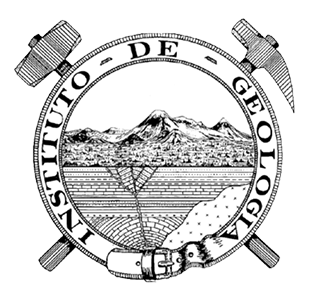Abstract
A disk around a star is the initial configuration commonly accepted for the material that forms a planetary system such as our own. In this work, the first stage in the evolution from a disk to a set of planetesimals is studied. This stage consists in the formation of dense regions, which are able to collapse into objects that are the seeds for planet formation. This process is examined for a stationary configuration containing two dense rings, fixed in Keplerian radii and with mass continually increasing with time, which was reported in a previous study as the final outcome of a hydrodynamic simulation of a cloud collapse toward a star (Nagel, E., 2007, Rev. Mex. Astron. Astrof., 43, 257-270). Results indicate that in such a configuration the rings will eventually acquire enough mass to be prone to gravitational instabilities, which will cause fragmentation. The existence of unstable modes allows estimating typical sizes of the collapsed objects, given by the unstable wavelengths. Ring masses may be found via the mass surface density of the analysed model. The conclusion is that the unstable rings contain enough mass to result in the fragmentation and formation of planetesimals, which eventually accumulate in objects with masses typical of planets in the Solar System.
This work is licensed under a Creative Commons Attribution 4.0 International License.
Downloads
Download data is not yet available.








